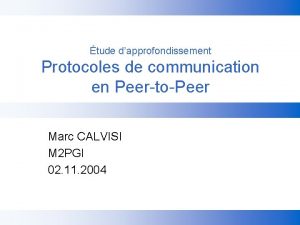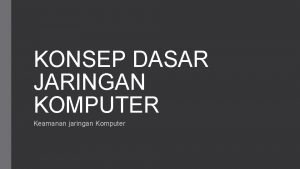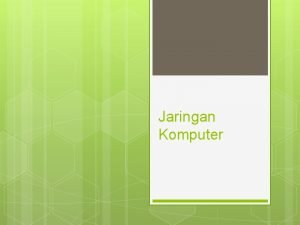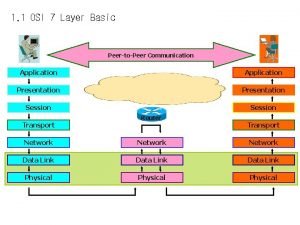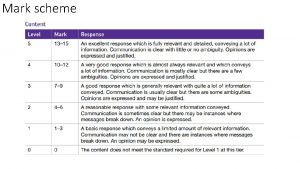Plenary Peer mark using the mark scheme Connect













- Slides: 13

Plenary Peer mark using the mark scheme

Connect How many ways are there to discriminate against people? List all the ways you can think of

Learning Objectives • Define prejudice and discrimination • Explain Tajfel’s Social Identity Theory as an explanation of prejudice

Big Picture Definitions What were the definitions for prejudice and discrimination?

Prejudice ‘Pre’ (meaning before) and ‘judice’ (meaning justice) To make judgements about someone based on their membership of a group rather than their individual nature.

Discrimination Treating people differently according to their group membership.

Lecture and Note-Taking Tajfel (1970) Social Identity Theory (SIT) The simple act of being grouped will inevitably lead to prejudice against another group. There are three stages.

Lecture and Note-Taking Tajfel (1970) - SIT Social categorisation Automatic act of putting yourself into a group. In group = yours Out group = others Absorbing the culture of that group – becomes a part of your social identity Social identification Social comparison Making your group appear better than the out group to boost your self esteem.

Lecture and Note-Taking Tajfel (1970) - SIT Social Comparison Divided into two types: - in group favouritism: making your in group look good - out group denigration: making the out group look bad

Investigation, Exploration and Research • What examples of SIT do you see in the school?

Expert Input Blue Eyes, Brown Eyes • Jane Elliot – primary school teacher • Reaction to Martin Luther King assassination – April 1968 • Day 1 – Blue eyed children were superior • Changes from as early as 15 minutes • Day 2 – Brown eyed children were superior • Massive changes in the children • Has now been trialled on adults – works just as well. • Shows real in group and out group bias • Ethics?

Independent Learning Apply the stages of SIT to the Jane Elliot study. - http: //www. youtube. com/watch? v=Ve. K 759 FF 84 s Create notes on the evaluation of SIT • Make sure you include: • Explanation of real world behaviour • The evidence to support it (Tajfel and Sherif) • One disadvantage of theory

Home Learning • Choose study to compliment SIT essay. • Define the terms Culture and Cultural norms p 133 -137 • Continue IA
 Annotazioni sulla verifica effettuata peer to peer
Annotazioni sulla verifica effettuata peer to peer Peer-to-peer
Peer-to-peer Peer to peer transactional replication
Peer to peer transactional replication Peer to peer transactional replication
Peer to peer transactional replication Gambar topologi peer to peer
Gambar topologi peer to peer Esempio registro peer to peer compilato
Esempio registro peer to peer compilato Scheda osservazione tutor compilata
Scheda osservazione tutor compilata Relazione finale docente tutor compilata
Relazione finale docente tutor compilata Peer to peer l
Peer to peer l Peer to peer merupakan jenis jaringan… *
Peer to peer merupakan jenis jaringan… * Bitcoin: a peer-to-peer electronic cash system
Bitcoin: a peer-to-peer electronic cash system Features of peer to peer network and client server network
Features of peer to peer network and client server network Ambiti operativi da supportare
Ambiti operativi da supportare Peer-to-peer communication in osi model
Peer-to-peer communication in osi model

